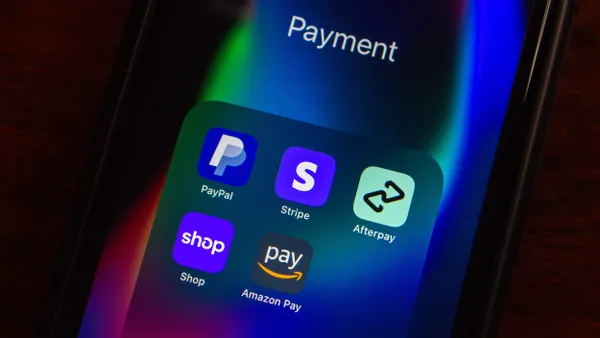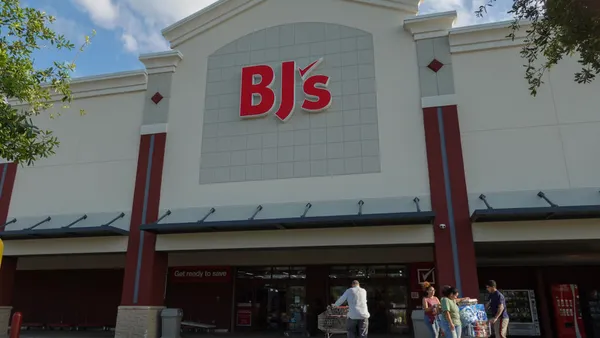Instagram may be a popular way for teens to share stylized self-portraits. But do retailers need to be there as well?
If you don't know Instagram, it's a social media site owned by Facebook where users can capture and share images with their audience of followers. Almost all of the big-name retailers are already using it, and the rest are scrambling to create an account without necessarily understanding how or why it can help them.
For retailers, the concept is simple: Instagram, like most other social media outlets, can be used to communicate directly with consumers—for free. If done right, it can even drive sales. Obviously, there's a lot of potential to tap into, but only if you know what you're doing. These five retailers' Instagram accounts are great examples of what to do and why it works:
[Editor's Note: Instagram accounts' follower numbers are subject to change. The numbers in this article are only accurate and up-to-date as of this writing.]
1. ESTABLISH AN EMOTIONAL CONNECTION
Retailer: ModCloth
On Instagram: modcloth
Followers: 169,595
What they do right: ModCloth may not have any brick-and-mortar stores, but the e-retailer does have quite a devoted following online. The brand's Instagram account shows why—the company's focus is on a lifestyle, not just its products. By creating content that connects on an emotional level, ModCloth establishes its brand as an embodiment of a potential consumer's identity, something far more powerful than just a good product. Then there are the ModDogs. And we all know the internet just loves puppies. In fact, as a general rule, you really can't go wrong with puppies.

(Source: ModCloth's Instagram account)
2. SHOW WHAT THE PRODUCT CAN DO
Retailer: The Home Depot
On Instagram: homedepot
Followers: 34,070
What they do right: Focusing on what your product can do seems like a very straightforward Instagram strategy—and it really is. Home Depot is a good example. Instead of merely showing their products (e.g., cans of paint), Home Depot shows what they can do for the potential consumer (e.g., a beautifully painted room). It's much easier to sell a product if you can show a consumer why they want or need it. Sell the end result, not the product.

(Source: Home Depot's Instagram account)
3. KNOW YOUR AUDIENCE, REFLECT ITS IDENTITY
Retailer: Foot Locker
On Instagram: footlocker
Followers: 302,744
What they do right: What's great about Foot Locker's Instagram account is that they know their audience. Even just a cursory glance at their page will reveal that their consumers are typically young, male sports fans. It goes beyond that, though: Foot Locker knows how to appeal to consumers' desire to be cool. Everyone needs shoes, but consumers want shoes from Foot Locker because they embody who their consumers want to be. A pair of sneakers won't actually give anyone the nearly superhuman power to play basketball like Lebron James, Kobe Bryant or Kevin Durant, but making that connection can be incredibly powerful. These images (see below) are inherently more shareable because they promote a fantasy that can't be bought. Well, except for the shoes, of course.

(Source: Foot Locker's Instagram account)
4. SHOW, DON'T TELL
Retailer: Neiman Marcus
On Instagram: neimanmarcus
Followers: 221,607
What they do right: With Instagram, it seems obvious not to "tell" the story of your product. But the point is that a brand's Instagram images should show consumers what they might or want to look like, and not force them to visualize it themselves. Consumers will want to look like that model wearing Neiman Marcus shoes. Becoming a model is hard, but buying the shoes is easy. Create artful images where products are not the sole focus, but instead drive the aspired look. Focus on igniting a powerful desire in consumers to achieve that look, that sense of fashion, that lifestyle.

(Source: Neiman Marcus' Instagram account)
5. CAPITALIZE ON EXISTING TRENDS
Retailer: Whole Foods Market
On Instagram: wholefoodsmarket
Followers: 103,809
What they do right: On social media, there's an ongoing craze where users post appetizing pictures of their food. It's so popular, there's a hashtag devoted to the phenomenon: #foodporn. Food retailers can take advantage of the trend by posting pictures of meals made with their products. Whole Foods employs this strategy. The retailer uses existing trends to associate Whole Foods with a highly desired feeling or experience in consumers' minds. For instance, Whole Foods shared this photo (see below) in celebration of Cinco de Mayo. I mean, aren't you tempted to drop whatever you're doing, running to your nearest food retailer and grabbing an ice-cold six-pack of Coronas? I know I am.

(Source: Whole Foods' Instagram account)
Would you like to see more retail news like this in your inbox on a daily basis? Subscribe to our Retail Dive email newsletter! You may also want to read Retail Dive's look at 7 shopping cart design innovations.














